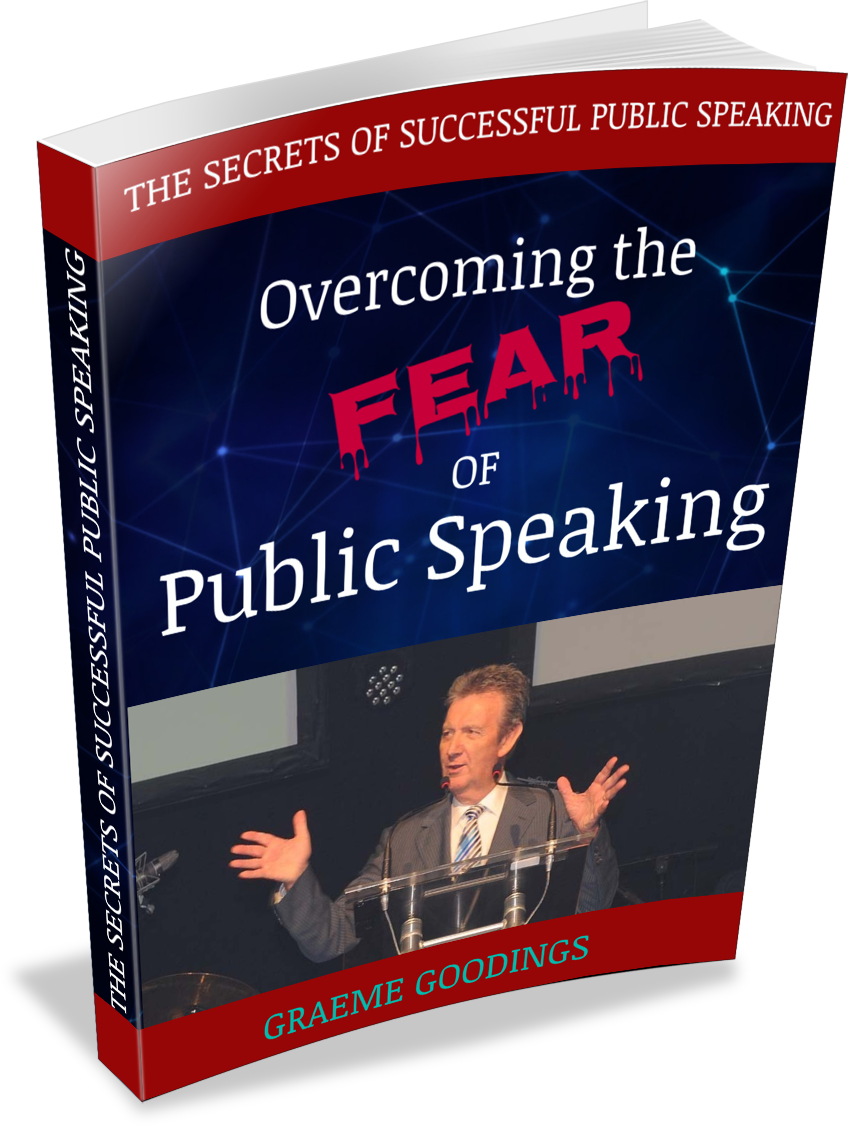Public Speaking Tip #25 Video Conferencing

Addressing an unseen audience is a whole new ballgame. What can you do to maintain contact?
TRANSCRIPT:
One of the most unnerving talks I‘ve ever had to give came only recently. I’d been asked to address a group of about 300 people as guest speaker at a forum.
However, weeks before the event Covid hit and the face-to-face talk became a video conference. So instead of a sea of faces I only had a camera and a small video crew in front of me. I’m used to getting feedback from the audience seeing and hearing them reacting to my talk and adjusting accordingly, but this time…. nothing.
It begs the question, how to connect with people when you’re getting absolutely no feedback, it’s a question I’ve already been asked as a public speaking coach.
In this Covid era this is a question many speakers are going to have to face.
So what do you need to do? Well you need to relate to the camera and a whole new way and treat it as your friend. Budding radio presenters are often told to take the microphone as the one and only person speaking to. So the audience out there feel its only them you’re speaking to. Even when you’re speaking to 300 people your address should be personal and directed so each member of the audience thinks the talk is just for them. So in this virtual audience talk to the camera as if it is the centre of your universe.
Speak to the camera like it is someone you know and respect. Speak to it like a friend. In a typical audience to speaker situation if your doing it right you can feel the warmth bouncing back at you .
Talking to a virtual audience you’ll have to make your delivery more personal, instead of something like “There are three major challenges facing society today they are …etc etc .To a virtual audience make it more inclusive, ask for their help. “So what do you see as the major challenges facing society today?” “I think there are three and I’d like to share them with you.” They can’t answer of course but it’s a great way to show the audience that you’re talk is about them, not about you. By generating a feeling of inclusion and using inclusive language you’ll be recreating the shared experience that’s removed when you’re not speaking live in front of the audience.
It’s a necessary strategy when you lack all physical contact or even the ability to see the people you’re talking to. Remember they are seeing you on a screen, close-up,any quirky mannerisms or jerky movements will be obvious and they’ll be annoying.
Delivering your talk to a camera won’t be a spontaneous thing for you so you need plenty of practice. Video your sessions and play them back and then re-do them. Work on generating warmth and energy and eliminating any annoying gestures. Speaking to a large audience down the barrel of the camera lens is not the ideal way to give a talk but with Covid with us for the foreseeable future everyone called on to address a video conference needs to learn how to master this brave new world of public speaking .
Do it well and you’ll be much in demand.
